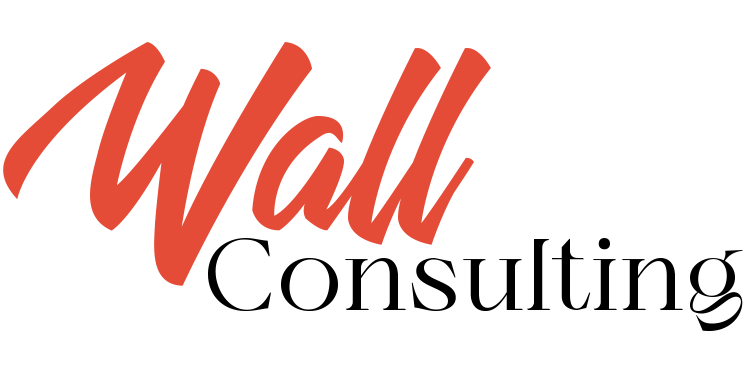Breaking Down the Myths of Organizational Accountability and How to Break Through the Myths
The Myths: Why Accountability Gets a Bad Name
Myth #1: Accountability means control.
Many leaders hesitate to enforce accountability because they don’t want to be the “bad guy.” But as Gallup reports, employees who know what’s expected of them are 2.5x more likely to be engaged. Accountability isn’t control — it’s clarity.
Myth #2: Accountability requires confrontation.
It’s not about calling people out when things go wrong. True accountability is built in, not called out. It’s about consistent systems, not emotional showdowns.
Myth #3: Accountability is about blame.
Blame asks, “Who messed up?” Accountability asks, “What didn’t work — and how do we fix it?” Harvard research shows teams that discuss mistakes openly outperform their peers by up to 46%.
The Model: How Real Accountability Works
Effective accountability systems are built on three simple principles:
Clarity: Define what “done” means.
Accountability starts where ambiguity ends — yet only 23% of leaders say their organizations are good at turning strategy into measurable goals (Deloitte, 2023).
Visibility: Make performance transparent.
You can’t manage what you can’t see. Tools like the EOS® model provide structure by tracking key metrics weekly — replacing confusion with data.
Cadence: Build a rhythm of review.
Regular review cycles — not once-a-quarter check-ins — drive improvement. Harvard research shows consistent review can boost performance by 25% or more.
The Shift: From Enforcement to Empowerment
Shift 1: From “checking up” to “checking in.”
Checking up feels like policing. Checking in feels like coaching. Teams with high trust see 50% higher productivity and 76% more engagement (Gallup).
Shift 2: From private accountability to shared ownership.
When everyone knows their role and outcomes, accountability becomes collective, not top-down.
Shift 3: From vague follow-up to visible metrics.
Data takes the emotion out. Instead of “you failed,” it’s “the metric missed — how can we fix it together?”
What Great Leaders Do Differently
Great leaders don’t demand accountability — they
design for it.
They
model it, own their own mistakes, and maintain consistent systems that make it automatic. Leadership doesn’t need to be heavy-handed — it needs to be
intentional.
The Wall Consulting Approach
At Wall HRC, we help leaders replace control with clarity and frustration with follow-through.
Our approach isn’t about rigid frameworks — it’s about the principles that make them work:
- Clear goals
- Transparent metrics
- Regular review rhythms
- Shared responsibility
When those pieces align, accountability stops being a dirty word. It becomes the engine of
trust,
performance, and
growth.
A Question for Every Leader
If accountability feels exhausting in your organization, ask yourself:
“Do my leaders have the clarity, visibility, and cadence they need to own outcomes — or am I still holding the wheel?”
Because once accountability becomes collective, growth becomes automatic.
References:
Gallup (2023), Deloitte (2023), Harvard Business Review (2016), Gino Wickman, “Traction” (2007)






